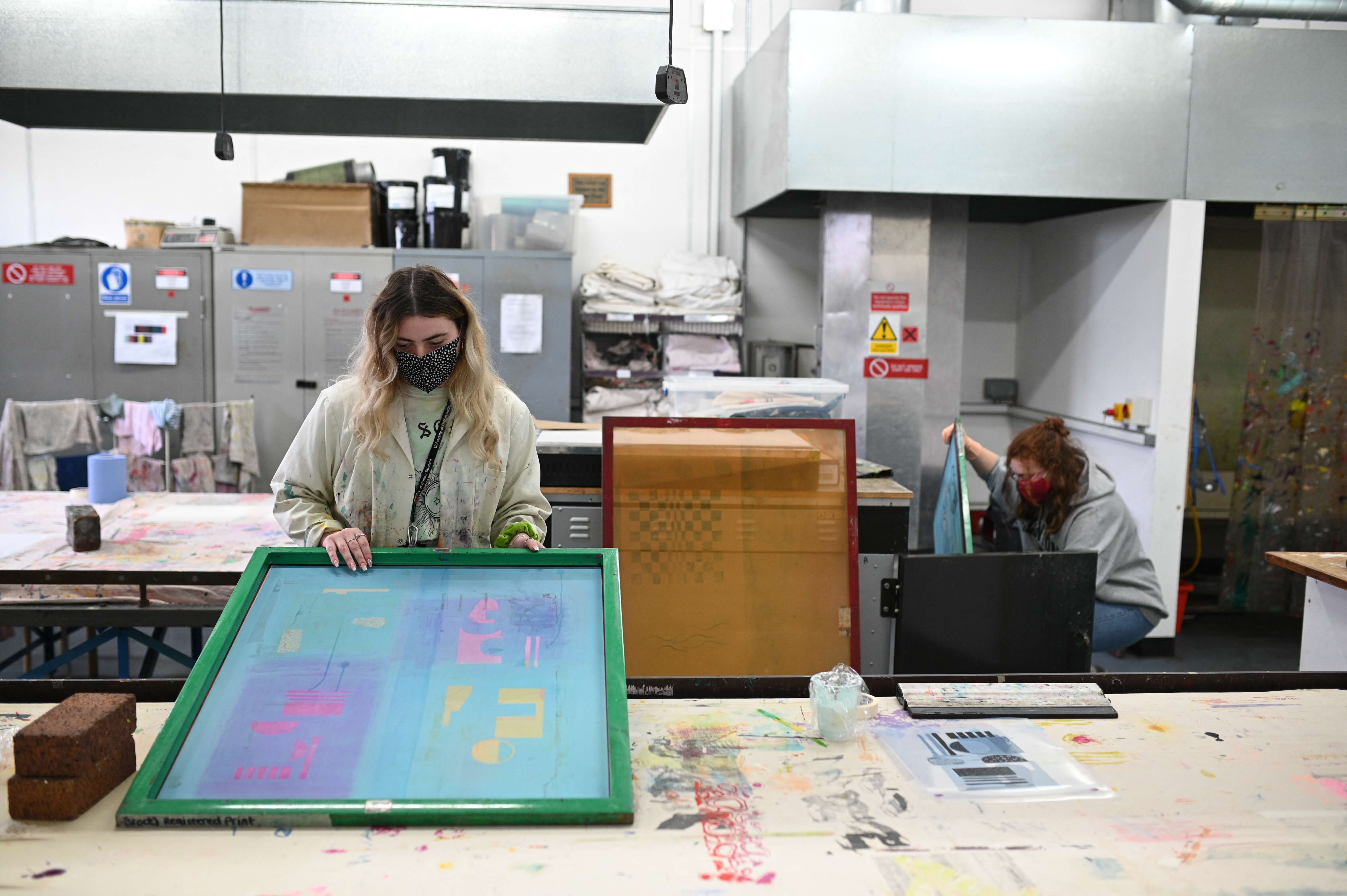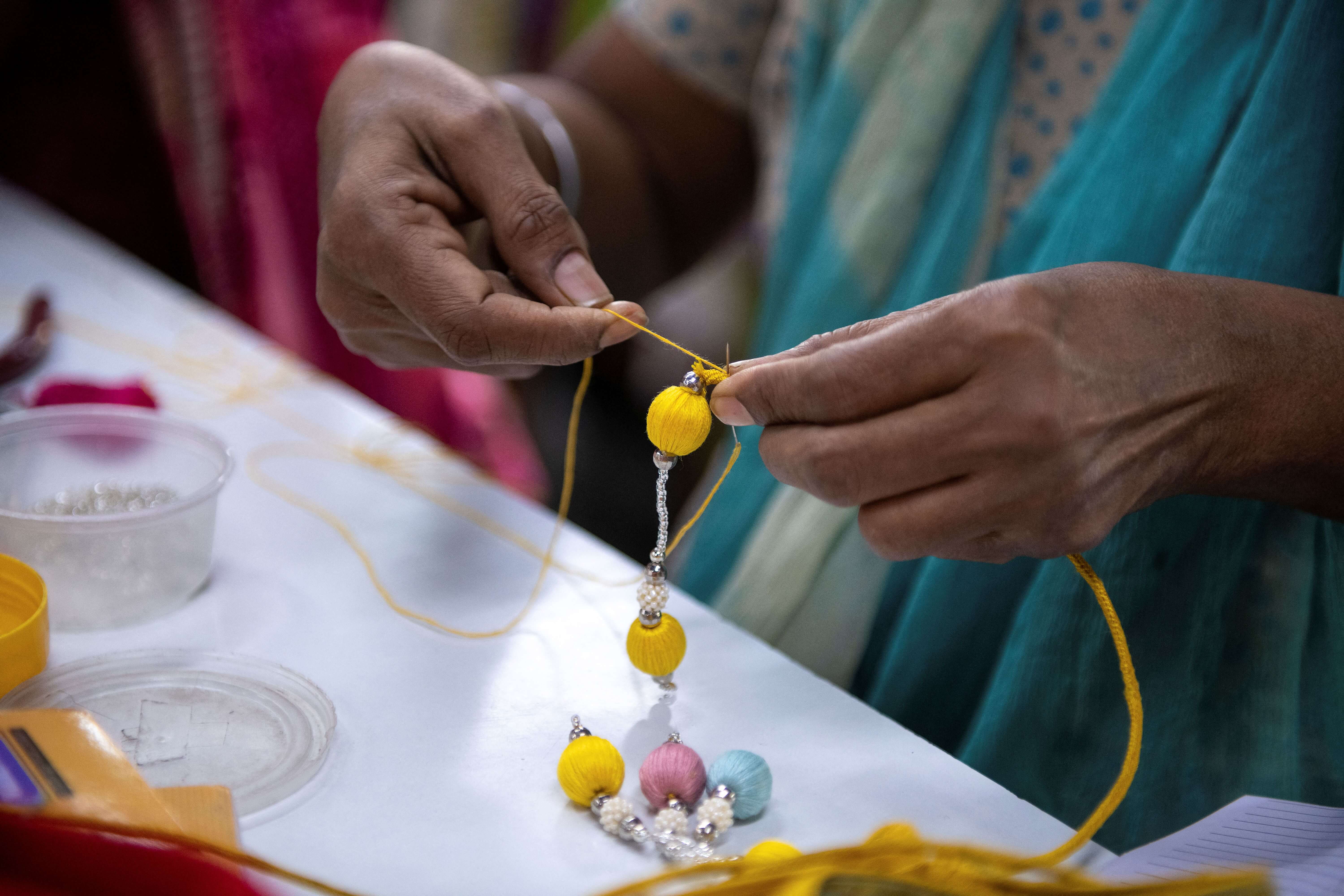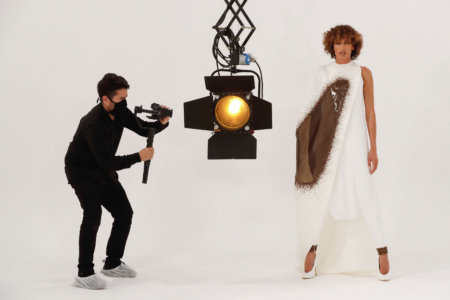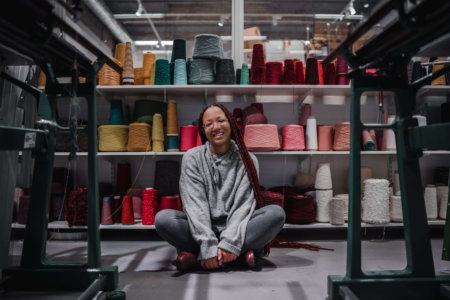
The global production of printed textiles is projected to reach 36.8 billion square metres by 2024. This has been heavily influenced by the rise of sustainable practices, cleaner consumables, sparking huge demand for textiles that include natural fibres, nylon and polyester.
As the world is heading towards digitisation and extreme advancement in technology, the ways that textile design can be printed are becoming endless. A degree in this field can set you on the right path in this dynamic sector.
Who can you look to for inspiration? Ritsuko Hirai, born in Tokyo and raised in Kuala Lumpur and Bangkok, is famous for her heavily Japanese-influenced designs shown in her mastered skills. She is also a graduate from Rhode Island School of Design and Fashion Institute of Technology in the US. Terrys Fabrics is one of the many companies using her art for the masses. Below we take a look at what you need to know before applying for a degree in textile design in the UK:
Entry requirements
A Bachelor of Arts in Fashion and Textile Design degree in the UK typically requires you to prove your English proficiency through a test. You’ll need at least a 5.5 score along with your results in A Levels, International Baccalaureate or an equivalent programme.

A Bachelor of Arts in Fashion and Textile Design degree in the UK typically requires you to prove your English proficiency through a test. Source: Oli Scarff/AFP
To apply for a Master of Arts in Fashion and Textile Design, unis typically require a relevant bachelor’s degree, along with proving your English proficiency through a TOEFL or IELTS test.
Duration
An undergraduate programme typically takes three years full time. For a master’s degree, it will be one year full-time or two years part-time.
What you will learn
From fabric burnout (a technique for the chemical process of printing designs) to photographic screen printing and computer-assisted print designs, students will learn all about manipulating fabric.
You’ll also develop drawing and colour skills (it helps if you already have a knack for this) which combines design, artistic vision, and innovative technology. You’ll also be encouraged to participate in industry challenges and internships. If you’re a senior student, you might have the chance to collaborate with other fashion design or knitwear majors too (depending on the institution you choose).

A woman works on a decoration for clothing at the factory of fashion designer Anita Dongre on the outskirts of Mumbai. Source: Laurène Becquart/AFP
Careers you can get and what you will make
A clothing or textile technologist works with man-made and natural fibres to source fabrics that are fit for purpose to pass quality control tests — this commands a cool median salary of US$68,829.
An illustrator is more apt for the artistic. You’ll specialise in making concepts come to life with visual representation — you put pen to paper and bring the image to life. Expect your salary to be about US$48,707 a year.
You could also opt for fashion designer or textile designer jobs — your job is to obviously come up with designs that are going to stand out and take the shopping consumers by storm. The median salaries for both these jobs can range depending on a various number of reasons: what category you design for, what country, and so forth. If you make it big, you could be on Marc Jacobs’s level, raking in US$400 million a year!










